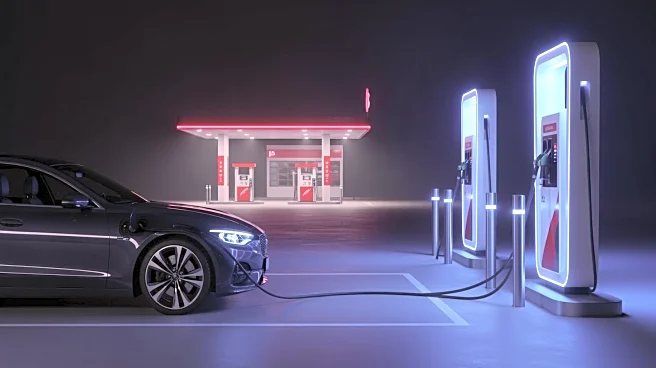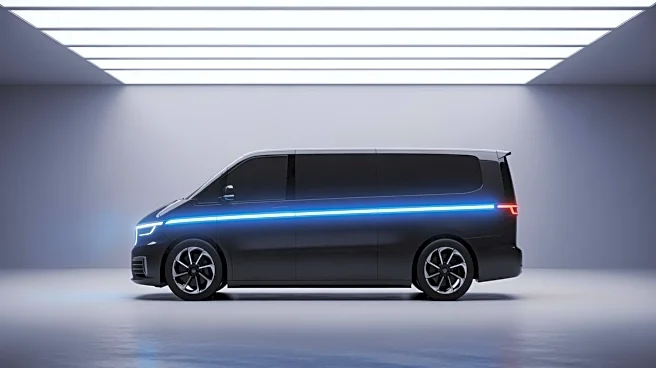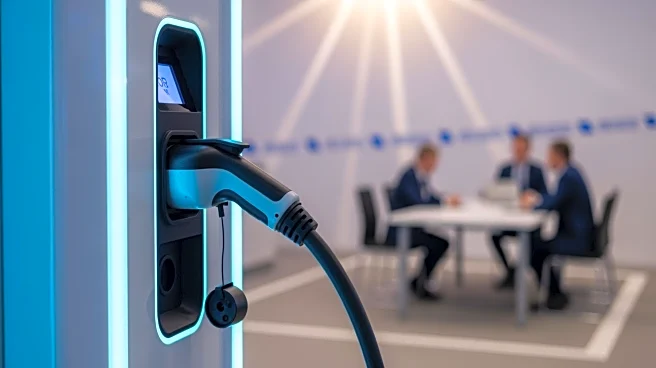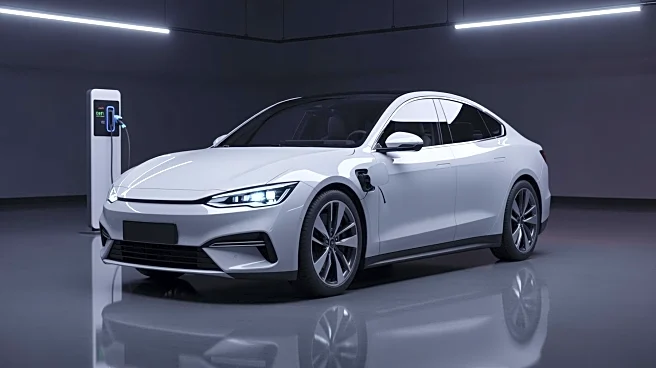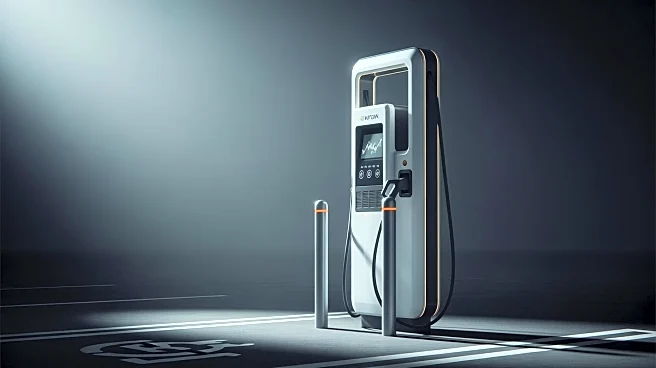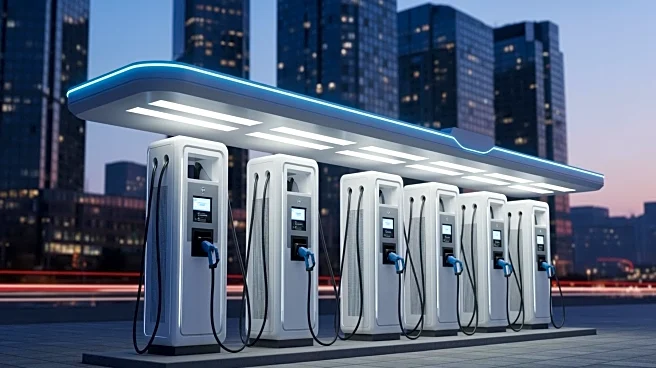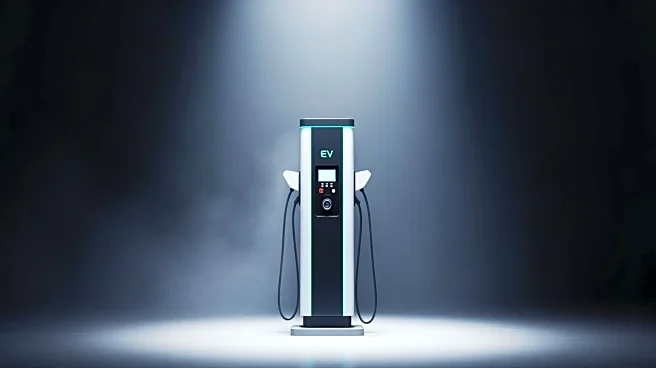What's Happening?
Electric vehicles (EVs) are known for depreciating faster than gas-powered cars, with a 13% higher depreciation rate over five years. This trend is influenced by factors such as heavy incentives and rapidly
evolving technology. EVs have historically received more incentives, including federal rebates, which impact resale values. Additionally, advancements in EV range and technology contribute to depreciation. Despite these challenges, the EV market is expanding, with U.S. sales reaching a 10.5% market share. Automakers are introducing more affordable models, which could alter the depreciation landscape.
Why It's Important?
The depreciation issue is significant for consumers and the automotive industry, affecting resale values and market dynamics. As EVs become more mainstream, understanding depreciation trends is crucial for buyers and sellers. The introduction of affordable EV models could attract a broader consumer base, potentially stabilizing depreciation rates. This shift could enhance the appeal of EVs, driving growth in the market and influencing industry strategies.
What's Next?
The market is expected to see an influx of used EVs, with a diverse mix of models. Automakers like Ford and Chevy are launching affordable EVs, which could change consumer perceptions and impact depreciation rates. As technology continues to advance, the industry may see improvements in EV longevity and resale values. Stakeholders will be monitoring these developments to assess their impact on the automotive market and consumer behavior.
Beyond the Headlines
The depreciation of EVs highlights broader economic and environmental considerations. As the market evolves, there may be implications for sustainability and resource management. The shift towards more affordable EVs could democratize access to clean transportation, contributing to environmental goals. Additionally, the changing landscape may prompt discussions on policy and incentives to support the transition to electric mobility.
